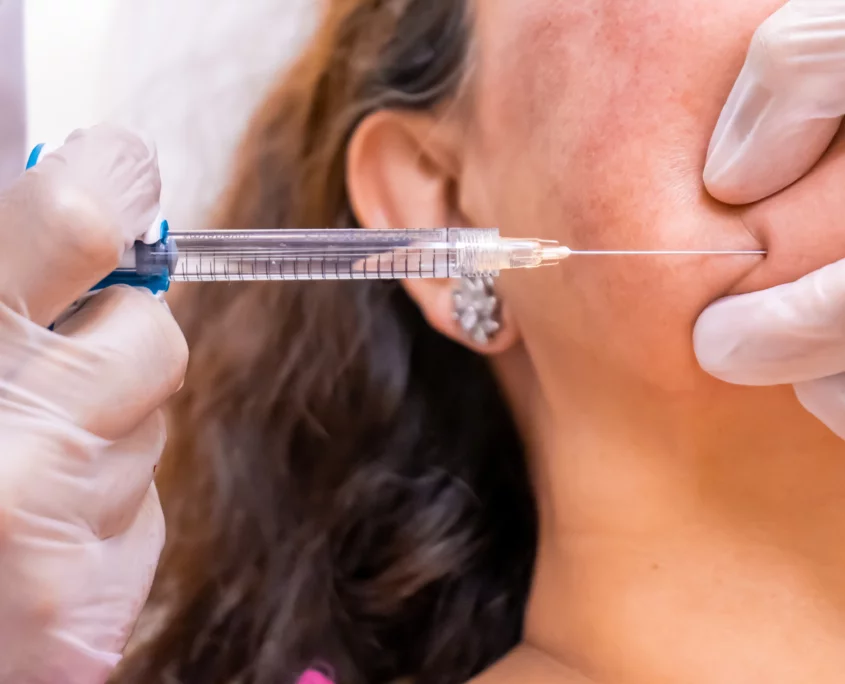
Not everyone reacts the same to cosmetic procedures. Some people regret their results just days after injection. Eyebrows feel uneven. Smiles become tight. Foreheads appear too stiff or frozen. These concerns often arise before the full effect settles in. Botox doesn’t work instantly—it evolves over three to seven days. That waiting period can increase anxiety. Some patients panic during that window, assuming the outcome is permanent.
There is no true antidote that cancels Botox once injected
Botox is a neurotoxin, not a filler. There is no true antidote that cancels Botox once injected. The chemical action blocks signals between nerves and muscles. Once that block begins, it can’t be stopped mid-process. This mechanism works gradually and wears off the same way. Unlike hyaluronic acid fillers, Botox cannot be dissolved with an enzyme. It simply must run its course through the neuromuscular system.
The body metabolizes the toxin over time through natural cellular repair
No reversal agent exists, but the body eventually clears the effects. The body metabolizes the toxin over time through natural cellular repair. Most people regain full muscle function within three to four months. That duration varies by dosage, injection site, and individual biology. Faster recovery may occur in active people or those with higher metabolic rates. Still, no method instantly eliminates Botox once it’s been delivered.
Some attempt to “reverse” results by overstimulating treated muscles
Patients sometimes search for ways to speed up recovery. Some attempt to “reverse” results by overstimulating treated muscles. This might include exaggerated facial expressions or specific physical therapy exercises. The goal is to encourage nerve-muscle reconnection. While this won’t remove the toxin, it may enhance muscle reactivation. Evidence for this method remains limited. But some doctors support gentle motion if it improves confidence and control.
Heat-based therapies may increase local circulation but don’t neutralize effects
Others turn to heat treatments hoping for faster detox. Heat-based therapies may increase local circulation but don’t neutralize effects. Warm compresses, facial saunas, or infrared devices promote blood flow. That circulation might help with lymphatic drainage. However, there’s no clinical proof this shortens Botox duration. Overheating treated areas too soon could risk spreading the toxin unintentionally. Heat should be used carefully, if at all, during the first few days.
Massage should be approached cautiously after recent injections
Facial massage is often mentioned as a potential method. Massage should be approached cautiously after recent injections. Some providers advise gentle fingertip pressure days after treatment. Others strongly discourage manipulating the area. The concern is diffusion—Botox can shift from the target site to nearby muscles. This shift can create unintended effects like drooping eyelids or asymmetry. Massage isn’t a reliable fix and may worsen appearance if performed incorrectly.
Supplements that stimulate nerve repair are often discussed online
Many people look for internal ways to recover faster. Supplements that stimulate nerve repair are often discussed online. B-complex vitamins, especially B1 and B12, support nervous system function. Magnesium also plays a role in muscle regulation. Though none of these directly reverse Botox, they might support the body’s return to baseline. Consultation with a medical professional is essential before starting any supplement regime post-treatment.
Results may appear more extreme if muscles were already weak
Sometimes the problem isn’t the Botox—it’s the starting point. Results may appear more extreme if muscles were already weak. Uneven tone or asymmetrical features can become more noticeable when expression is reduced. In these cases, Botox may highlight rather than cause imbalance. What looks like a mistake may actually reflect existing structural differences. Careful assessment before injection helps minimize these surprises.
Drooping eyelids are among the most distressing complications
One common complaint involves unintended ptosis. Drooping eyelids are among the most distressing complications. This usually occurs when Botox spreads into the levator muscle responsible for lifting the upper lid. Though rare, it can impact both appearance and vision. The condition is not dangerous but often lasts two to eight weeks. Patients often seek remedies during that time to cope with daily discomfort.
Apraclonidine drops can offer temporary lift to upper lids
Some physicians prescribe medicated eye drops. Apraclonidine drops can offer temporary lift to upper lids. These stimulate a secondary muscle that helps open the eye wider. The effect is subtle and temporary. While not a cure, it provides some relief for patients with cosmetic or visual concerns. These drops are not appropriate for everyone, particularly those with glaucoma. Usage must be monitored by an ophthalmologist or trained injector.
Strategic re-injection can sometimes restore facial symmetry
In some cases, more Botox—applied skillfully—can help. Strategic re-injection can sometimes restore facial symmetry. If one eyebrow pulls higher than the other, balancing both sides with tiny adjustments may help. This approach requires expert hands and precise technique. Rushed corrections may create new problems. Not all injectors offer or recommend this option. It should only be attempted by professionals familiar with the patient’s original anatomy and treatment plan.
Waiting remains the safest method in most situations
Despite frustration, patience is often best. Waiting remains the safest method in most situations. Botox effects are temporary by design. Trying to reverse them too aggressively may cause unintended harm. For first-time users, the initial experience shapes long-term confidence. Open communication with the injector before and after the session reduces panic. Every outcome should be documented to adjust future doses accordingly.
Repeated Botox may cause muscles to become weaker over time
Long-term Botox use can lead to different issues. Repeated Botox may cause muscles to become weaker over time. This can extend the effect beyond what’s desired. Some patients notice reduced facial mobility even after stopping injections. The muscles shrink slightly from disuse. For others, prolonged use maintains the look they want with fewer touchups. Knowing this potential helps patients decide how often to schedule treatments.
Switching providers mid-treatment complicates evaluation and correction
Many people seek a second opinion when results disappoint. Switching providers mid-treatment complicates evaluation and correction. The new injector may not know the previous dose, placement, or technique. Guesswork becomes risky in cosmetic treatments. Always request treatment records and before–after photos when consulting a new practitioner. This allows for informed adjustments and safer corrections.
Lack of movement in one area may exaggerate motion in others
Facial balance depends on coordination. Lack of movement in one area may exaggerate motion in others. For example, freezing the forehead may cause the eyebrows to rise oddly when smiling. The face reacts as a unit. When one muscle is restricted, another compensates. This interplay can surprise patients who expected subtler changes. A good injector anticipates these shifts and plans accordingly.
Some areas fade faster due to thinner muscle mass
Even within the same face, Botox wears off unevenly. Some areas fade faster due to thinner muscle mass. Around the eyes or lips, where muscle movement is frequent, effects diminish sooner. The forehead often holds longer due to its broader structure. This uneven timeline creates asymmetry during the fade-out phase. Maintenance sessions must consider these differences. Otherwise, the face enters a strange in-between state that feels unbalanced.
Overcorrection is harder to tolerate than undertreatment
From a comfort standpoint, less is often more. Overcorrection is harder to tolerate than undertreatment. Too much restriction causes visible frustration. Too little simply leaves lines untouched. Many injectors now adopt a conservative approach for first sessions. This allows gradual increase based on response. It’s easier to add than subtract. Understanding this principle reduces dissatisfaction and the urge to “undo” results immediately.
Source: Best Botox Treatment in Dubai / Best Botox Treatment in Abu Dhabi
